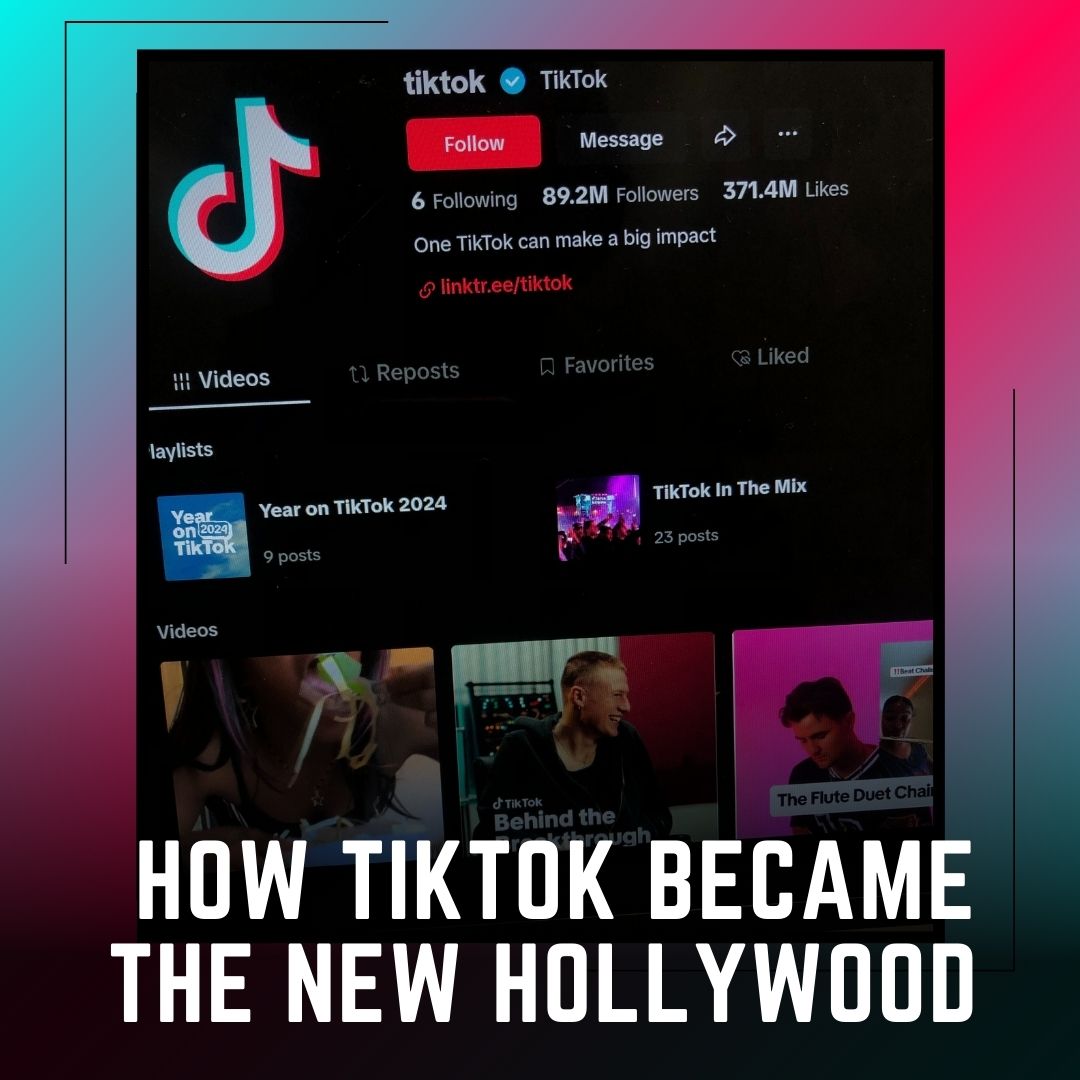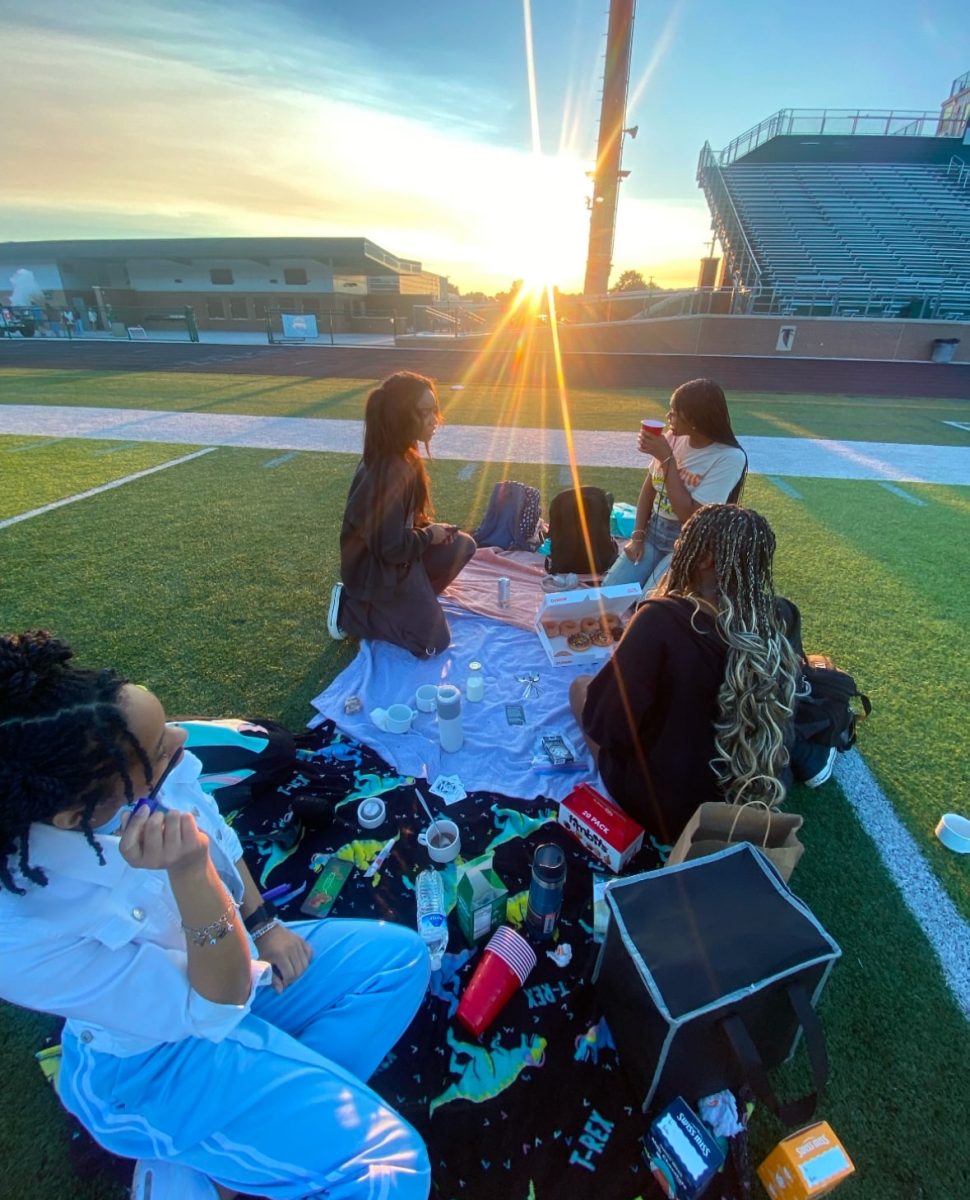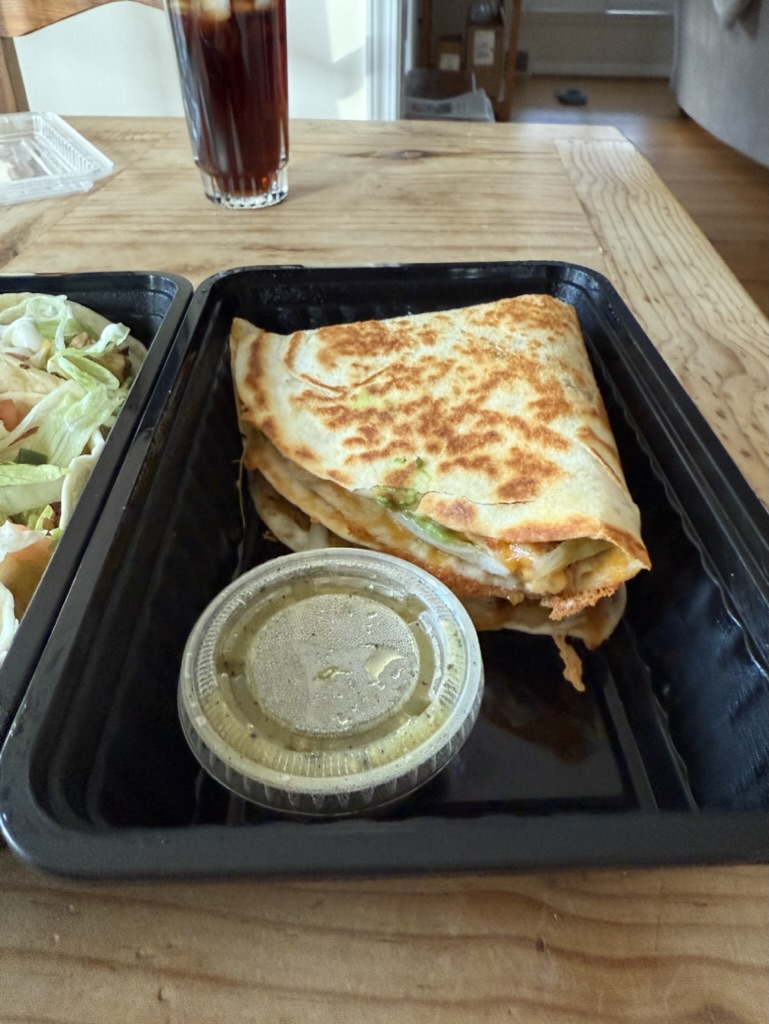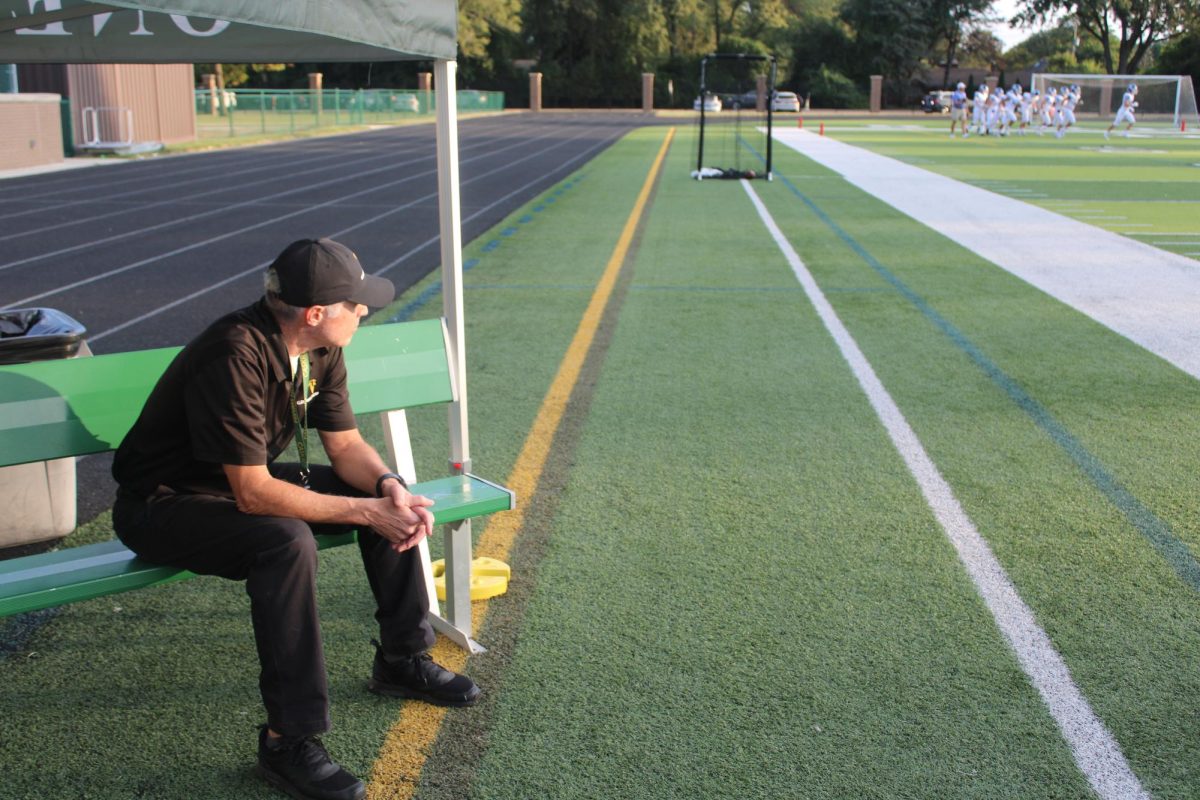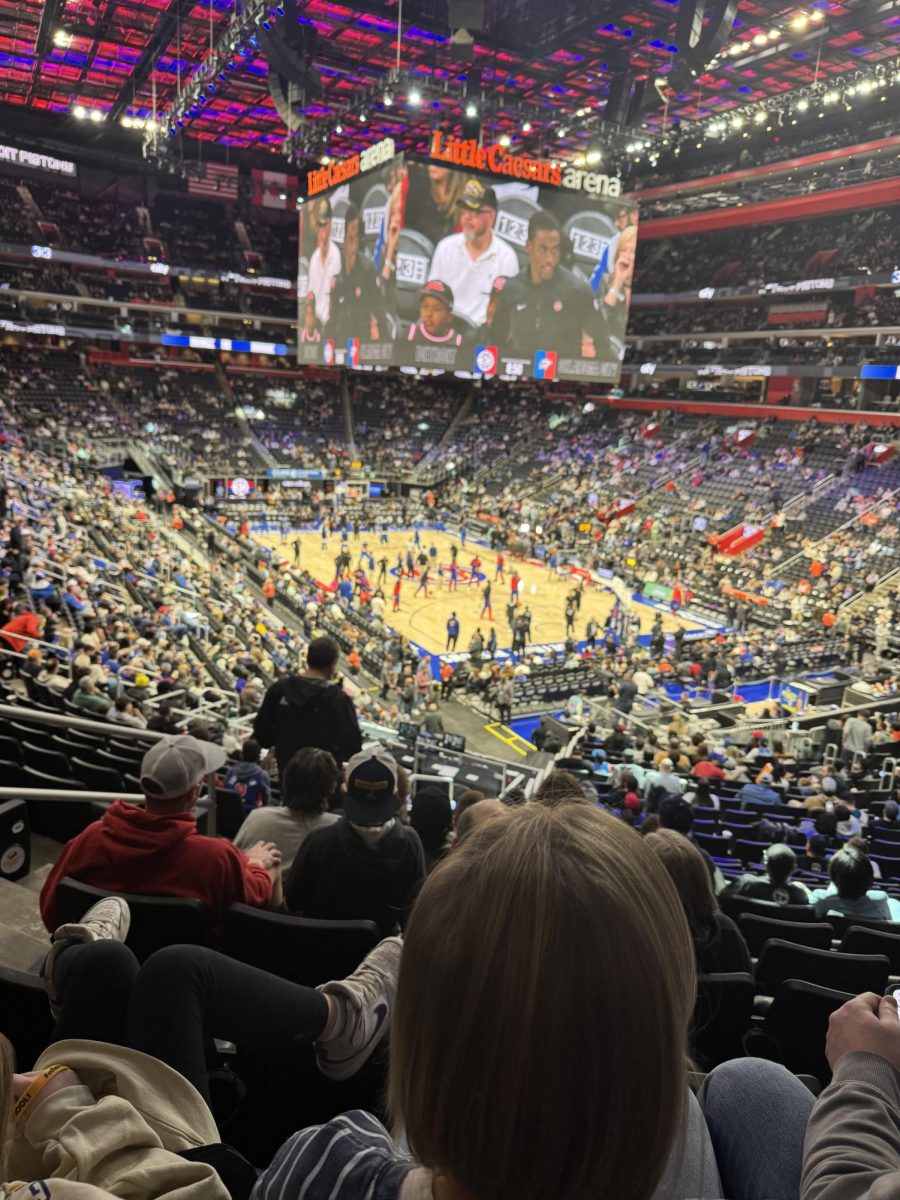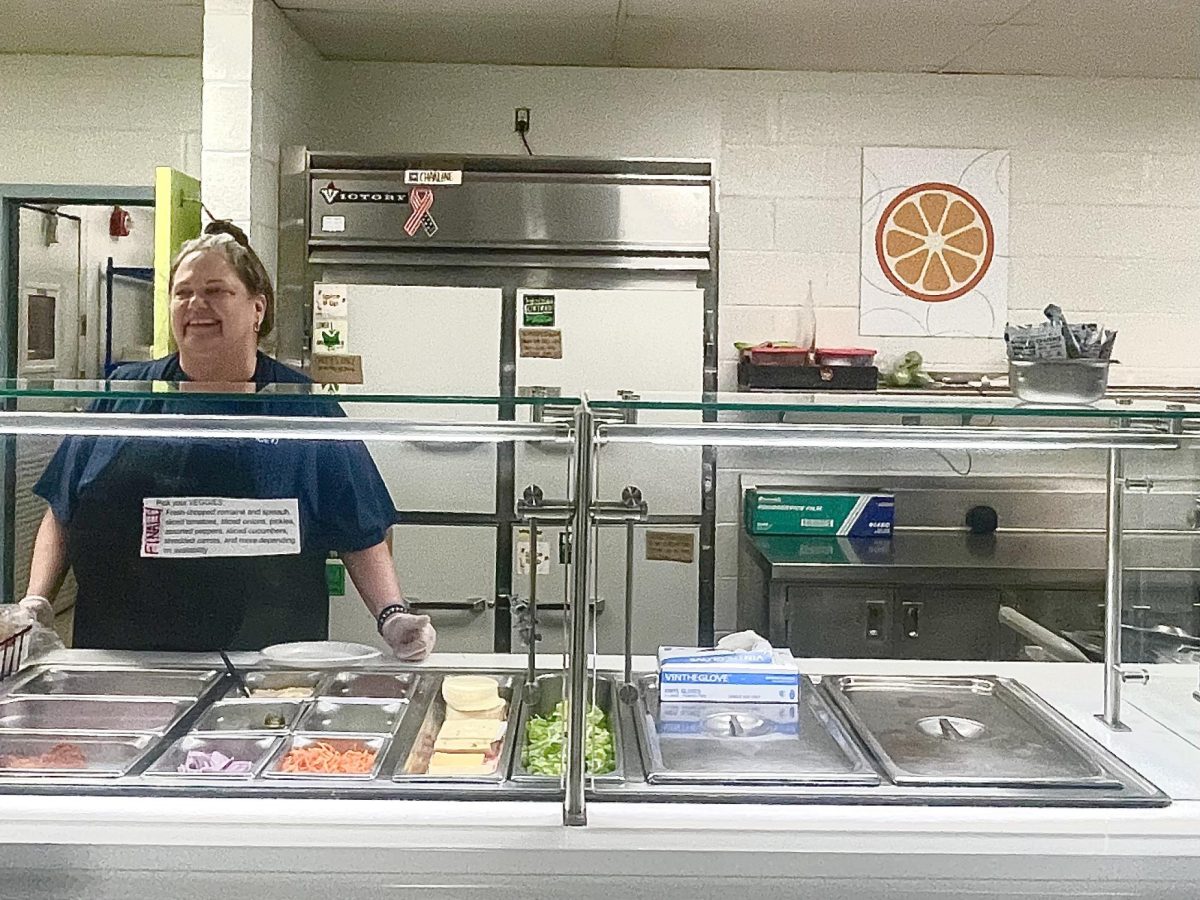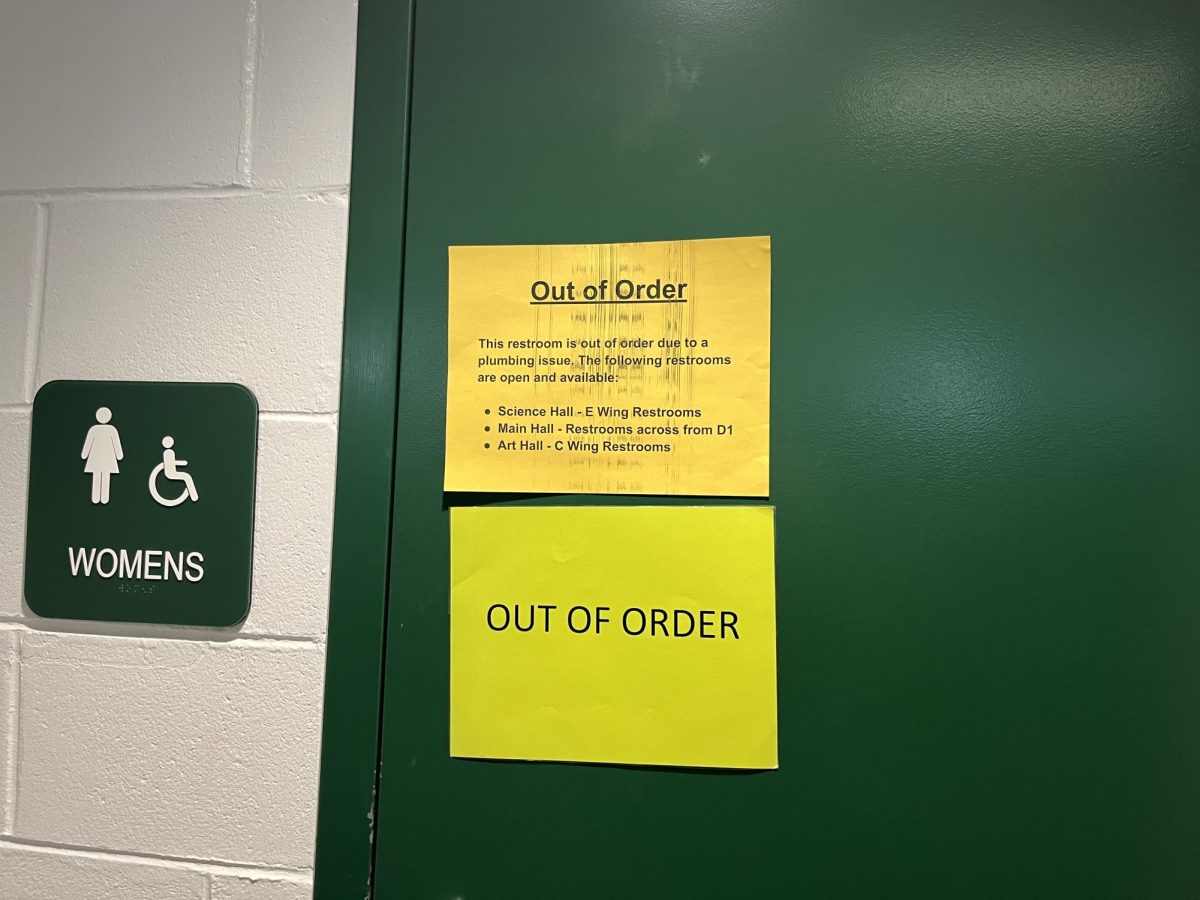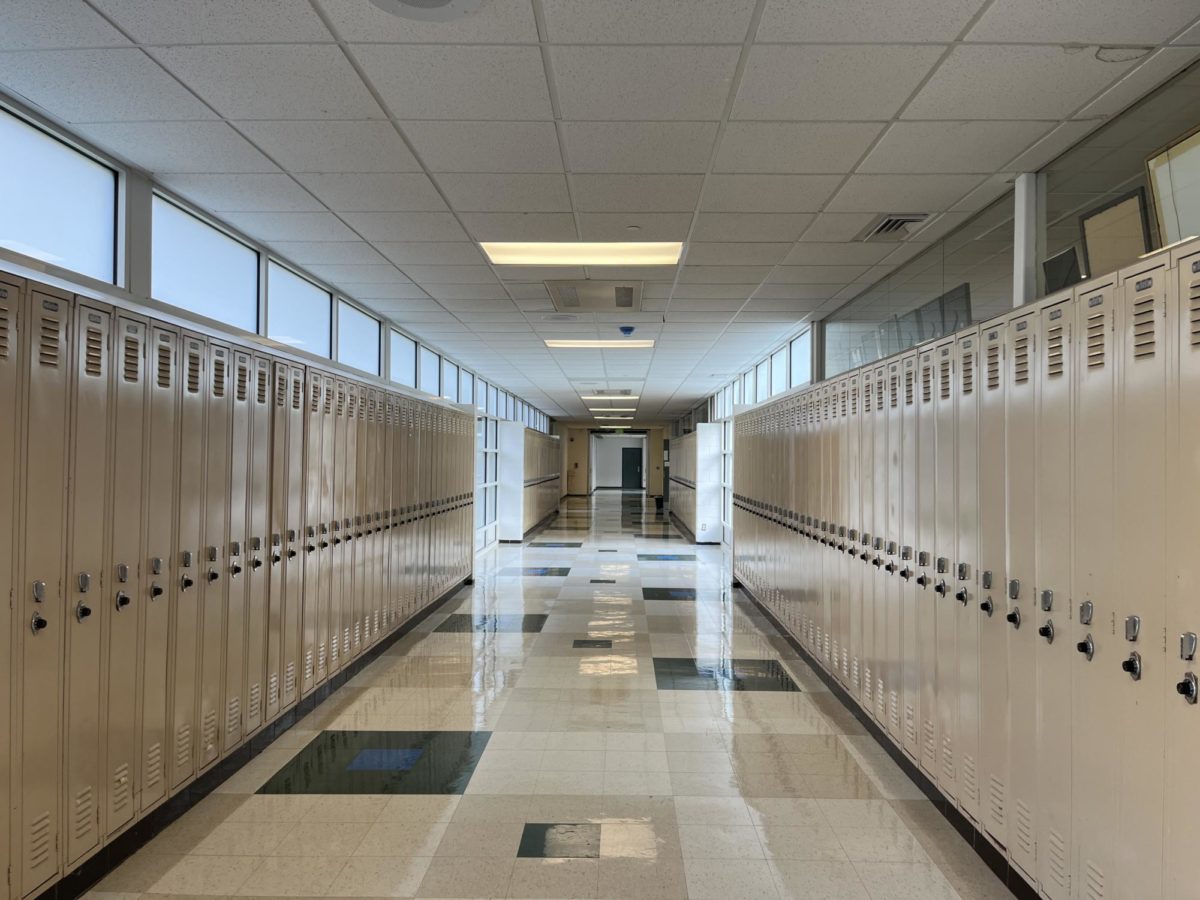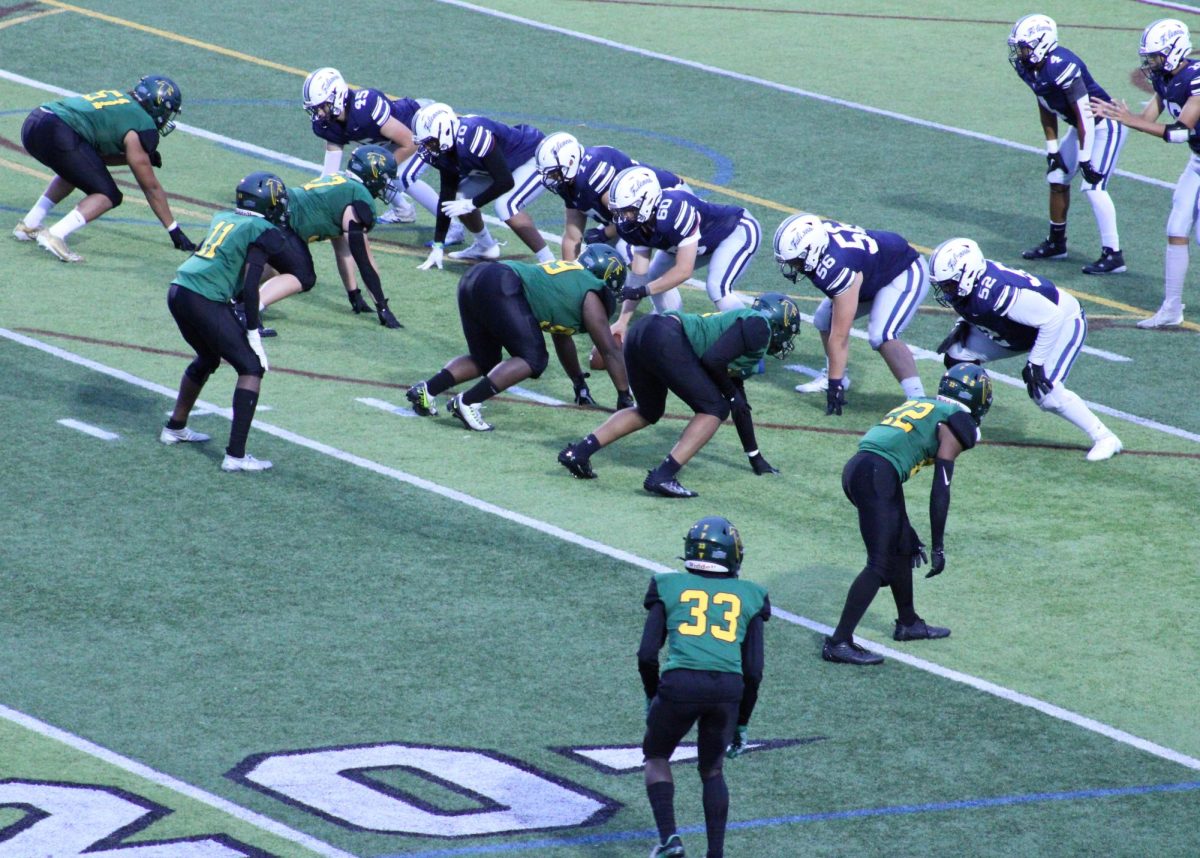In the midst of the budgeting season for education, many elements of school were discussed and now are on the line: curriculum changes, teacher contracts and other school commodities. To students, the most relevant issue is free lunch. In the Wylie E. Groves cafeteria, a wide variety of food options are available to students. From the Subway-style sandwich bar, the salad station and the daily rotation of various meals, almost any craving can be satisfied. Even though free lunch for all seemingly appears as unanimously favorable, some controversies have been presented. Individuals have voiced issues of rampant food waste, improvident delegation of school funding that would be better used elsewhere and other negatives. This article will explore some of the differing opinions about the free lunch situation and how they possibly play into the district’s final decision.
Without the cafeteria staff, school lunch could not run. We must appreciate the work they do every day to prepare, serve and clean up the food students enjoy every day. One essential member of this team is Chef Jeff Keenan, who has worked at Groves for 14 years. Keenan mentioned the possibility of cafeteria workers’ hours being cut, because there would be less students to serve lunch to and therefore, there is less time required to fulfill these responsibilities. He also mentions the personal impact on staff apart from their professional lives
“I think we all just want to see students getting these meals that they deserve,” Keenan said.
Students have an important say in the situation, as they’re the ones receiving the lunches. Most students at Groves have either personally benefitted from the free lunch program or know someone who has, giving us a variety of unique perspectives that can be found throughout the student body. One student, Junior Elijah Daniels, had a lot of input on the situation, as both him and his friends have often benefitted from the free lunch program.
“Students who don’t have the opportunity to have a meal from school can [negatively] affect their focus during class,” Daniels said. “Everyone deserves to eat and not have hunger affect their time at school.”
By presenting a position of open-mindedness, Daniels makes the argument that financial situations aren’t the only possible issue holding students back from having access to meals to get them through their day. Time constraints, parent/guardian schedules and familial situations can all impact a student’s ability to make a meal for midday, even if their family makes enough to meet the minimum to not qualify for free or reduced lunch.
Through the perspectives of a range of individuals a part of our Groves community, we get a glance into some of the effects of how removing free lunch might impact students at school. Overall, it seems as if the consensus of the Groves staff and students is that the original free lunch program’s continuation will leave a positive impact on the school. I think maybe Groves does give a fork about school lunch.





